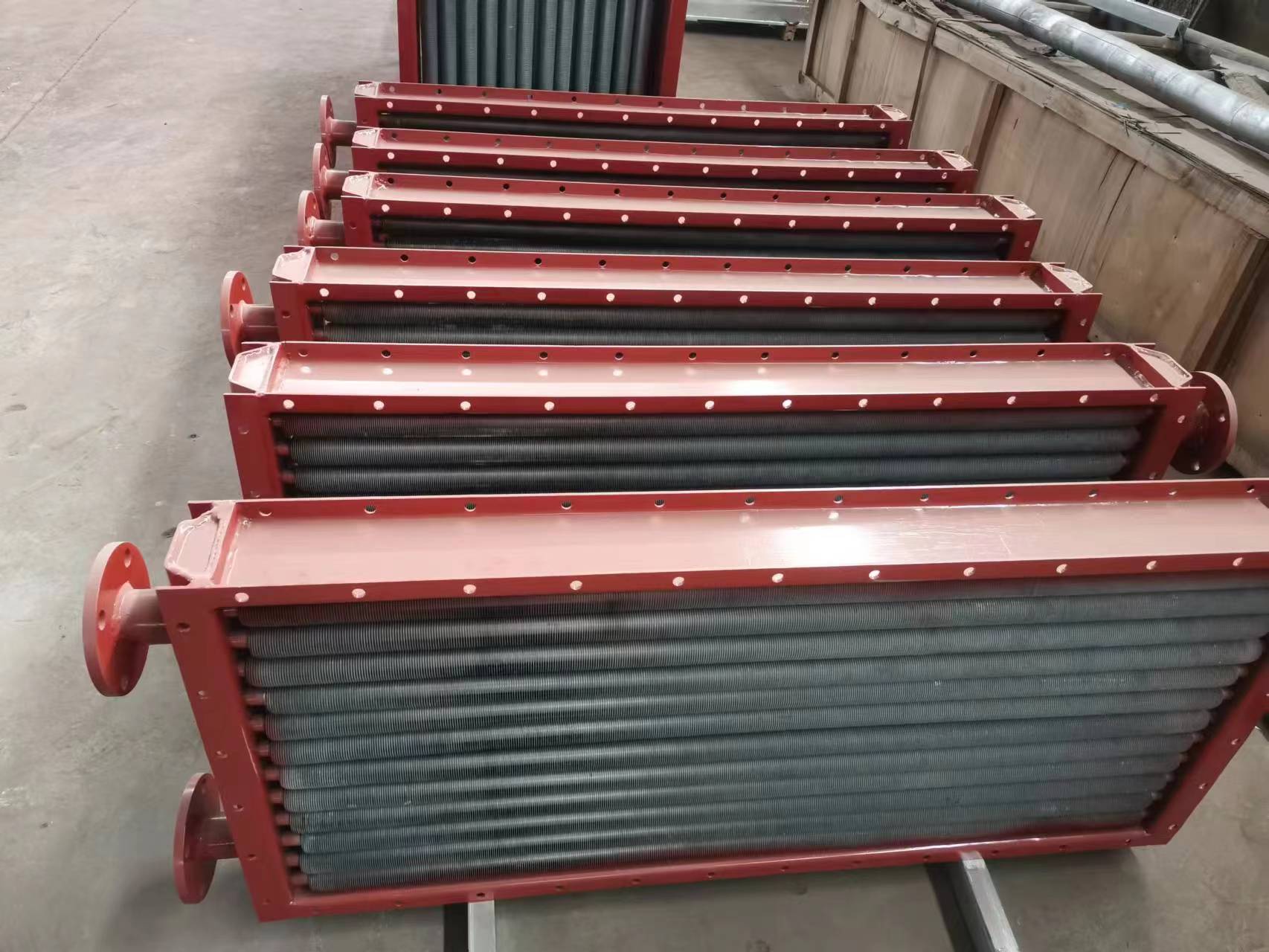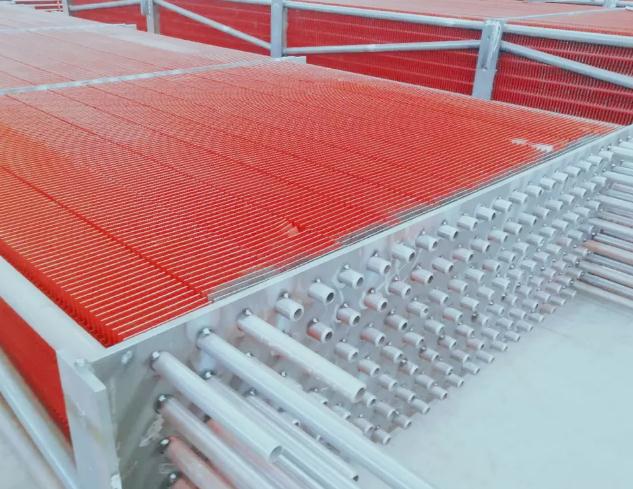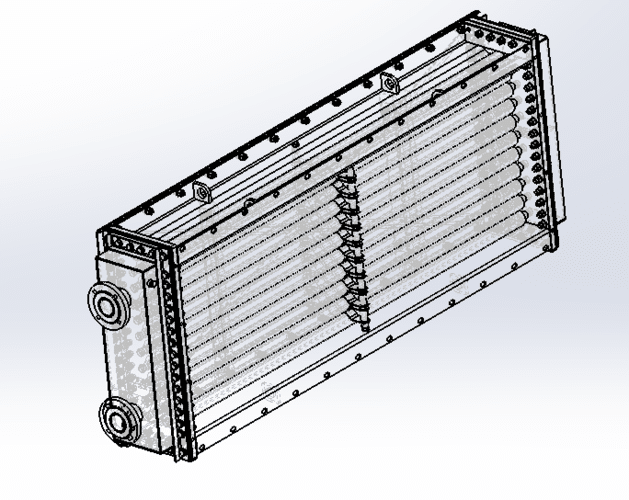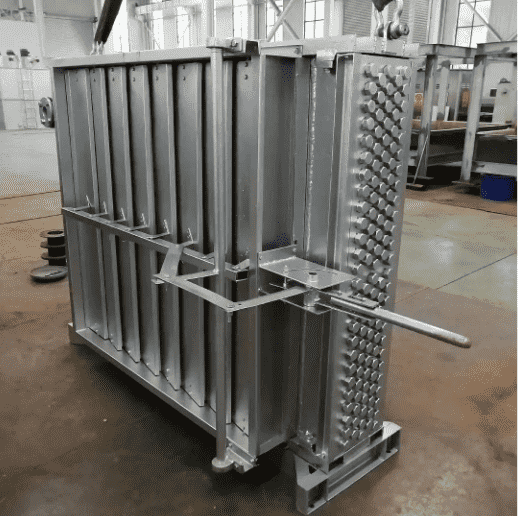The steam finned tube heat exchanger, as its name implies, is a finned heat exchanger that uses steam for heat exchange. Its basic structure is composed of steel outer frame and heat dissipation pipe, and the core part of heat exchange is finned tube.
Generally, there are many processing methods for finned tubes, including brazing, inlaying, winding, rolling, and sheathing. There are many types, and the application occasions are also different. There are many sub-categories in each processing method, such as winding, there are L/LL points.

The difference between them is the problem of whether the fins of the rear circle press the fins of the front or the front two. As for how to choose fins, please listen to the detailed breakdown below.
When the fins are “rooted” on the surface of the light tube, in the case of heat transfer from the inside of the tube to the outside of the tube, the heat will be transferred from the root of the fin to the outside along the height of the fin, and at the same time, it will be continuously transferred in the form of convective heat exchange.

To the surrounding fluid, the result is that the fin temperature gradually decreases along the height direction.
The fin temperature gradually decreases along the height direction, indicating that the difference between the fin temperature and the surrounding fluid temperature is gradually shrinking, and the heat transfer per unit area is gradually shrinking.
Thus, the effectiveness of the fin surface area to enhance heat transfer decreases. The taller the fins, the less “contribute” to heat transfer from their increased area.

For high-frequency welded finned tubes commonly used in engineering, when the fin height is 15mm, the fin efficiency is about 0.8, and when the fin height is 20mm, the fin efficiency drops to about 0.7.
This shows that it is appropriate to choose a fin height of 15mm. If a fin height of 20mm or more is selected, special care must be taken.
Because the fin efficiency is too low, it is generally not used.
For the aluminum fins used in the air cooler, since the thermal conductivity of aluminum is much higher than that of carbon steel, the efficiency of the fins is higher, and it is acceptable to increase the height of the fins to 22-25mm.
Selecting a small pitch can effectively increase the finning ratio. Special care should also be taken when selecting the pitch.
Factors that should be considered are: the nature of the flowing gas and the possibility of dust accumulation. Can be divided into three situations:

First, the occasions where dust accumulation is particularly serious, such as: electric furnaces in steel plants, converters, and the exhaust gas of some industrial kilns, have a large amount of ash.
If finned tubes are used for heat exchange, large fins must be selected. pitch. For example, if the pitch is more than 10mm, it should be supplemented by reasonable ash discharge design and selection of soot blower.
The second situation is that the dust accumulation is not necessarily serious, but it should also be paid attention to. For example, for the exhaust of power station boilers and industrial boilers, it is more appropriate to use a fin pitch of about 8mm, but it should be supplemented by a self-blowing Gray power design.

The third case is where there is no or slight dust accumulation, such as the exhaust of natural gas burning equipment, or air coolers, and the fin pitch of 4-6mm is acceptable. For aluminum air coolers, the fin pitch is often around 3mm.
The choice of fin thickness mainly considers the corrosion and wear of the surrounding gas. For severe corrosion and wear occasions, thicker fins can be used.
